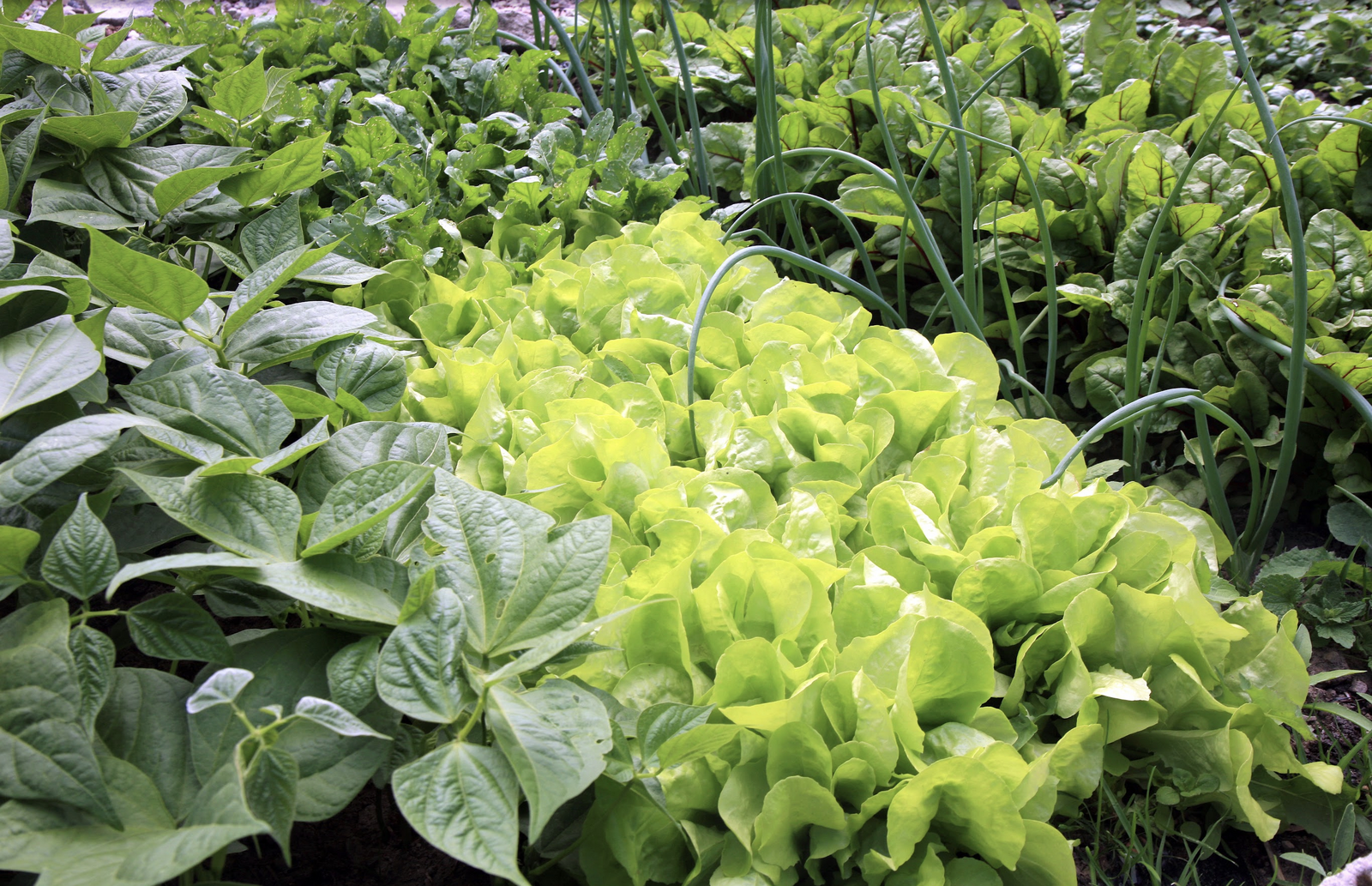
How to Harvest Lettuce Correctly: Tips and Tricks
Lettuce is a fairly uncomplicated crop that will quickly reward you with a harvest. The variety of lettuce is huge. As a self-caterer, with the right planning, it's no problem to harvest and enjoy fresh lettuce all year round. You can find out what you need to bear in mind when harvesting lettuce in this article.
This Article Contains:
- How to Pick Garden Lettuce
- When to Harvest Lettuce?
- Harvesting Lamb's Lettuce
- When to Pick Leaf Lettuce From Garden
- Harvesting Head Lettuce: It’s That Simple
- Harvesting Endive
- Harvesting Rocket Correctly
- Harvesting Postelein
- How and When to Harvest Chicory
- Frequently Asked Questions About Harvesting Lettuce
Quick Overview
When to Pick Garden Lettuce ?
- Harvesting lamb's lettuce: September/October to March
- Harvest leaf lettuce: from the end of April
- Harvest head lettuce: May to October, depending on variety
- Harvest endive: from August
- Harvest rocket: April to October
- Harvest postelein: November to April; summer postelein from June to September
- Harvest chicory: June/July to September
How to Harvest Lettuce ?
- Either individual leaves/rosettes or heads
- Lettuce is harvested once
- Picking lettuce can be harvested several times if the heart remains standing
- It is best to harvest in the afternoon or evening, on a dry day
How to Pick Garden Lettuce
As Lettuce has a very short cultivation period and grows quickly, you can harvest just four to five weeks after sowing. Depending on how the lettuce plant grows, you can either harvest individual leaves (plucking lettuce) or whole heads (head lettuce). To do this, cut the lettuce with a sharp knife. Lettuce can only be harvested once, whereas lettuce harvested correctly can produce a harvest throughout the season. To do this, harvest leaf by leaf or cut off the rosette so that the heart of the lettuce plant remains standing. If the heart is left standing, most lettuces will sprout again.
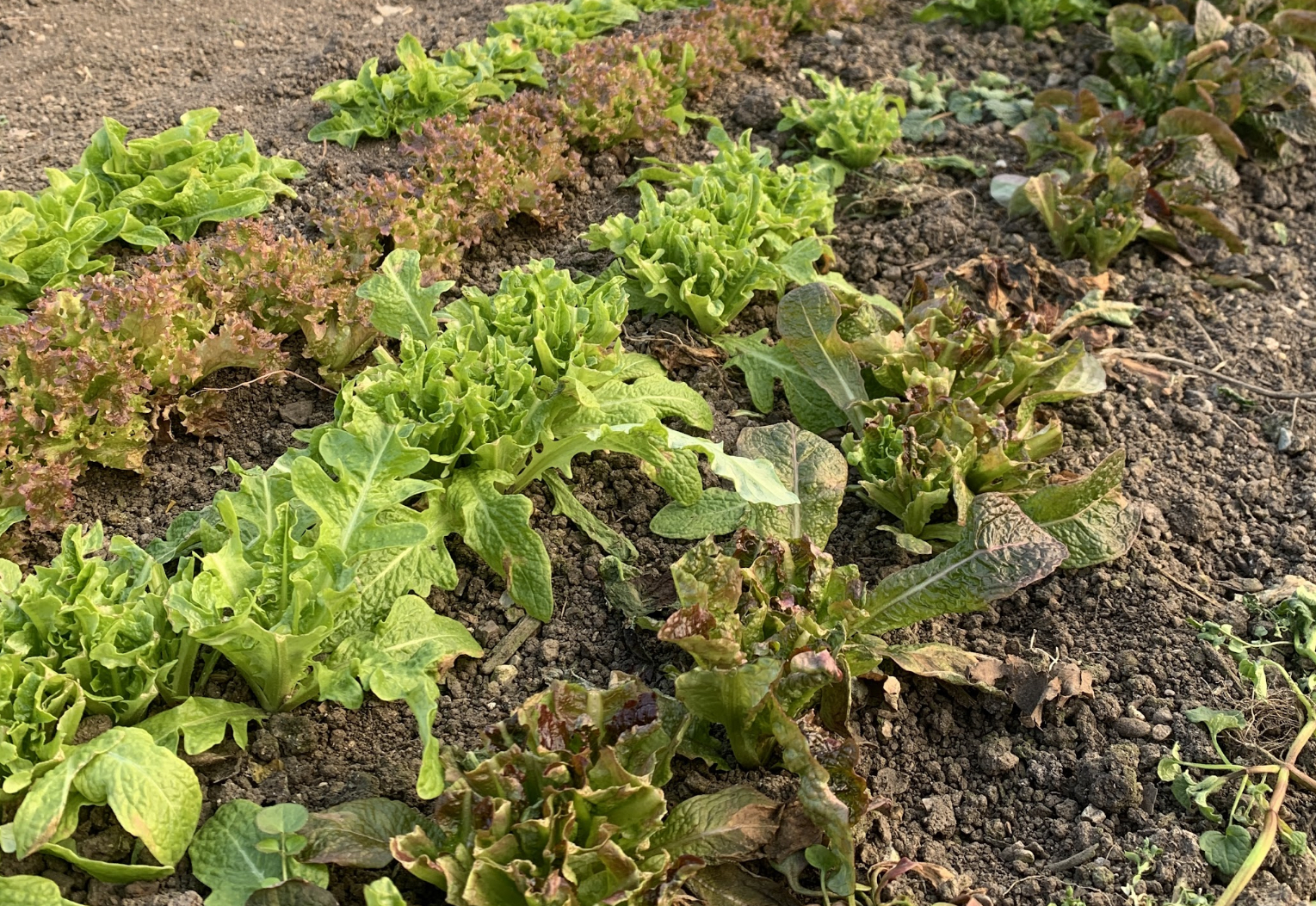
When to Harvest Lettuce?
It is best to harvest your lettuce in the afternoon or evening. The nitrate content in the leaves is highest in the morning. This is the case with most leafy vegetables, which is why you should harvest later in the day. You should also harvest on a dry day. If the leaves are damp, they can rot more easily and the lettuce will not keep as long.
Depending on the lettuce type, variety and sowing date, there are lettuces that grow and can be harvested over the winter: Lamb's lettuce, winter divas, frost-tolerant picking lettuces and postelein. You can read more about Winter Lettuces here. During the summer months, you can harvest lettuce, summer divas, various types of lettuce and rocket. You can find an overview of the exact harvest times for individual important lettuces below.

Want to Know More About Lettuce?
In our library you will find information on the individual varieties with cultivation periods, tips on planting and harvesting. You will also find good and bad companion plants to help you plan a mixed crop.
Discover Library NowHarvesting Lamb's Lettuce
Lamb's Lettuce can be harvested throughout the winter, i.e. from October to March, if you choose a frost-tolerant variety. You can also sow and harvest lamb's lettuce throughout the rest of the year. It needs about 8 weeks to develop. If you sow between July and August, the lettuce can be harvested from September/October. If you sow at the beginning of September, it can be harvested from November.
How to Harvest Lamb’s Lettuce Several Times
With lamb's lettuce, you can cut off individual leaves one by one so that the small rosettes continue to grow and you can harvest the winter lettuce several times. Normally, however, the entire rosettes are harvested by cutting just above the root base. But here too, you can be careful not to cut too deeply. This allows the rosettes to sprout again.
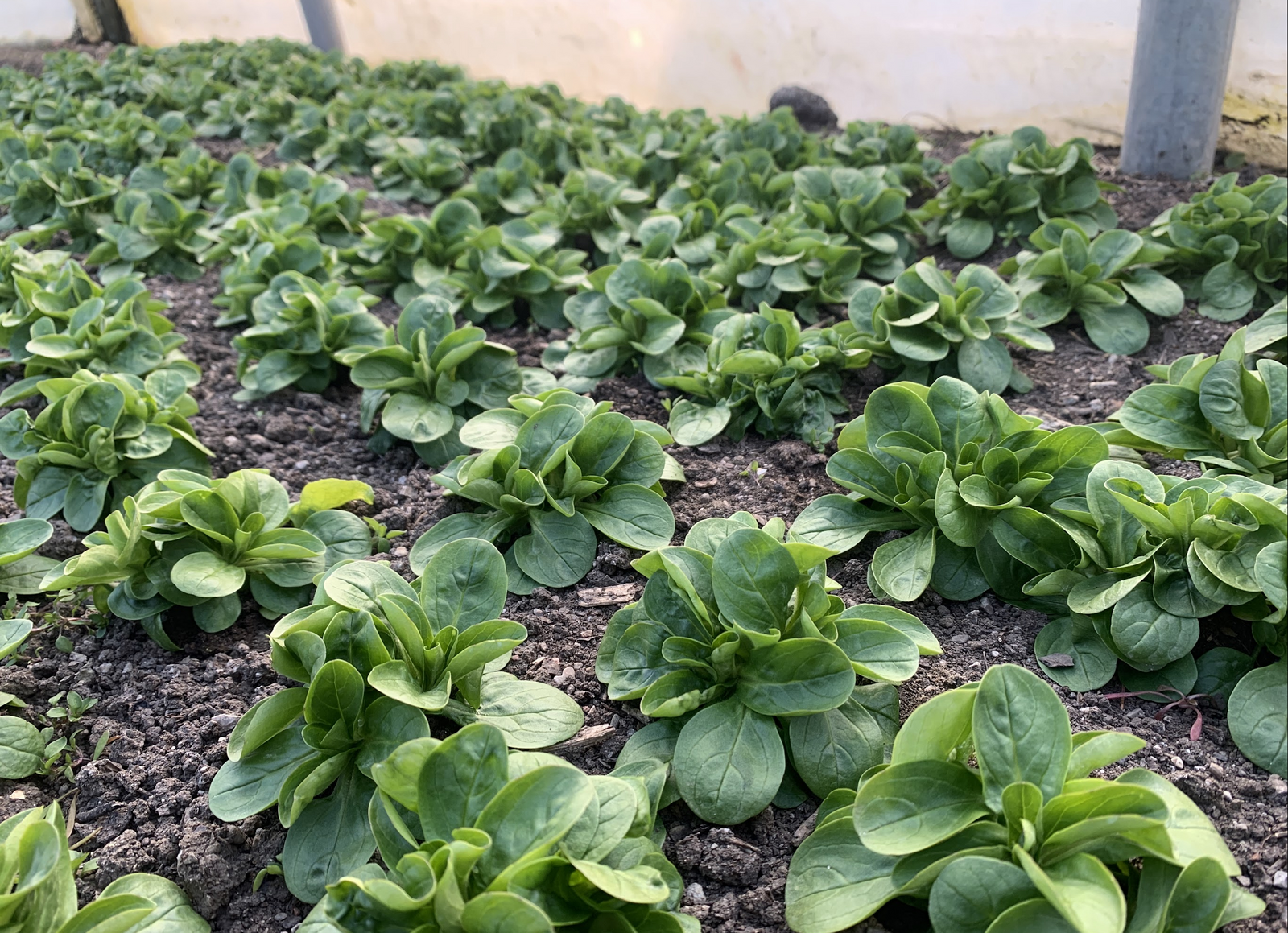
When to Pick Leaf Lettuce From Garden
Picking or Leaf Lettuce can be harvested from the end of April. The outer leaves are always picked or cut as required so that the lettuce heart is always preserved.
Harvesting Head Lettuce: It’s That Simple
Depending on the variety, Head Lettuce can be harvested from May to October. Varieties such as 'Maikönig' can be harvested early. Iceberg lettuce, Batavia lettuce and Romaine lettuce are ideal for summer harvesting as they do not bolt as quickly. 'Winterkönig' or 'Wintermarie' can be harvested in the fall.
Harvesting Endive
Endive can be harvested for the first time from the beginning of August. It tolerates slight sub-zero temperatures well, which is why you can harvest fresh frisée lettuce until November without any problems.
Harvesting Rocket Correctly
Rocket should be harvested before it flowers, otherwise it can become very pungent and bitter. Rocket can be harvested just 4 to 6 weeks after sowing. The harvest period is from April to October. The leaves can be harvested as soon as they are approx. 10 cm/3.9 in long. The younger the leaves, the more tender they are. If you cut the rocket three centimetres above the ground, it will sprout again and again.
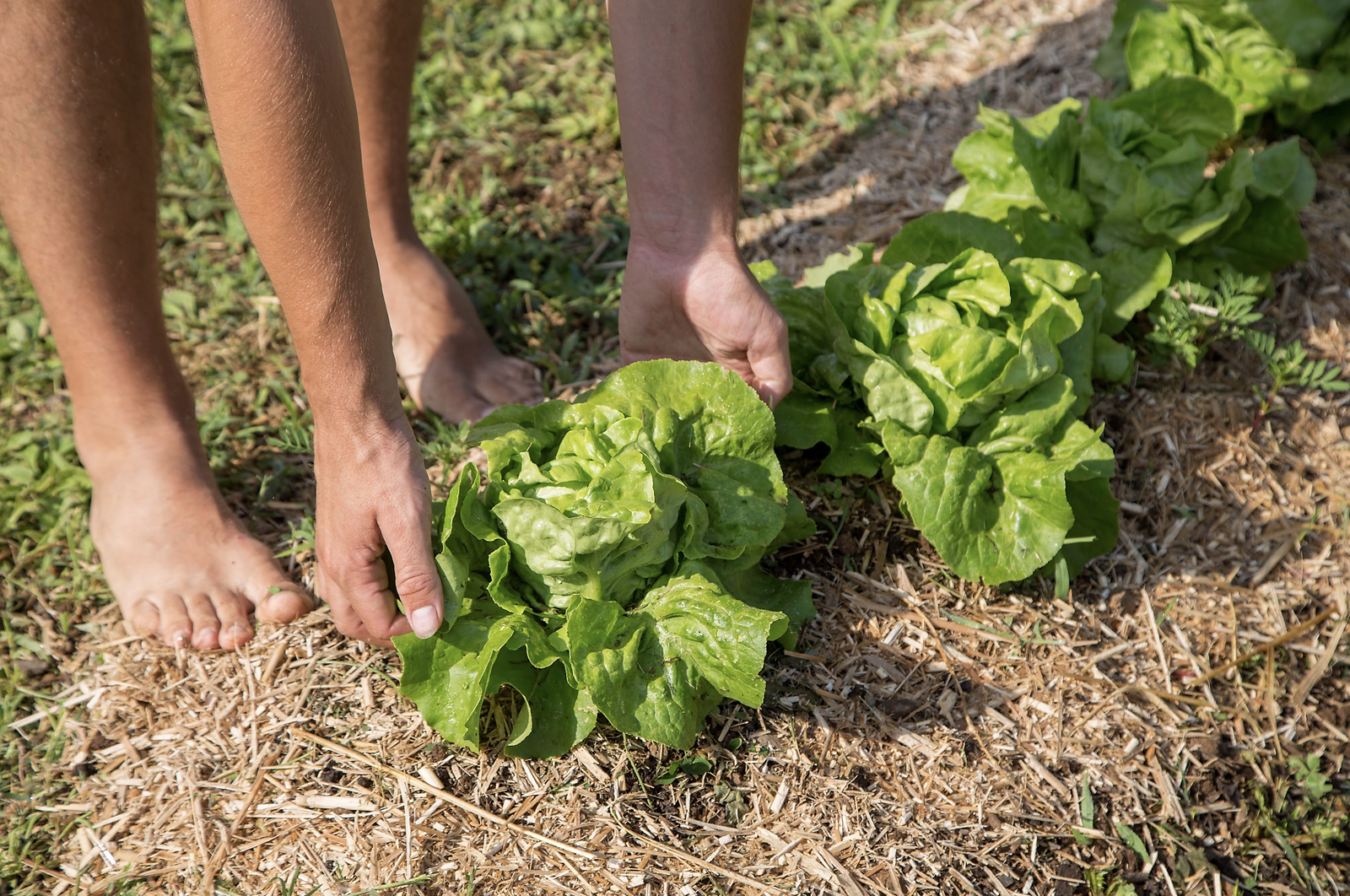
Harvesting Postelein
Postelein can be harvested from November to April. Harvest as soon as the plants are approx. 10 cm/3.9 in tall. As with picking lettuce, it is important that the heart of the rosettes remains undamaged. Therefore, pick from the outside in. This way you can harvest up to six harvests of winter purslane. There is also summer purslane, which is harvested from June to September.
How and When to Harvest Chicory
Chicory produces its first leaves just 3 to 4 weeks after sowing. You can harvest these as salad throughout the summer. Of course, you should not remove all the leaves, otherwise the turnip will be too weak. They can then be dug up in mid-September to the end of October and used for forcing. It should now have a diameter of 3 - 6 cm/1.2 - 2.4 in.
Excursus on forcing: The roots are dug up and left on the bed for two days at best so that the last nutrients can be extracted from the leaves. The leaves are then trimmed to 5 cm/2 in and the beets are placed in boxes with moist sand for the "resting phase". Forcing can begin in December. For this, it is important that the temperature is between 12 and 18 °C/53 and 64 ° F and that it is completely dark. If light reaches the shoots, they will turn green and bitter. To do this, place the roots close together vertically in an opaque bucket or tub and then fill it with sandy soil. To begin with, water thoroughly with warm water to "activate" the sprouting of the plants. It is practical if the container has holes at the bottom to prevent waterlogging. There should be enough space above the container to allow the shoots to develop. Also cover the containers with a cloth. Make sure that the soil always remains slightly moist. The chicory can then be harvested after 3 to 5 weeks.
Want to get helpful gardening tips all year round and plan your own beds in the best possible way? Then register here or download the Fryd app for Android or iOS.
Fryd - your digital bed planner
Isabell
Current Topics in the Community
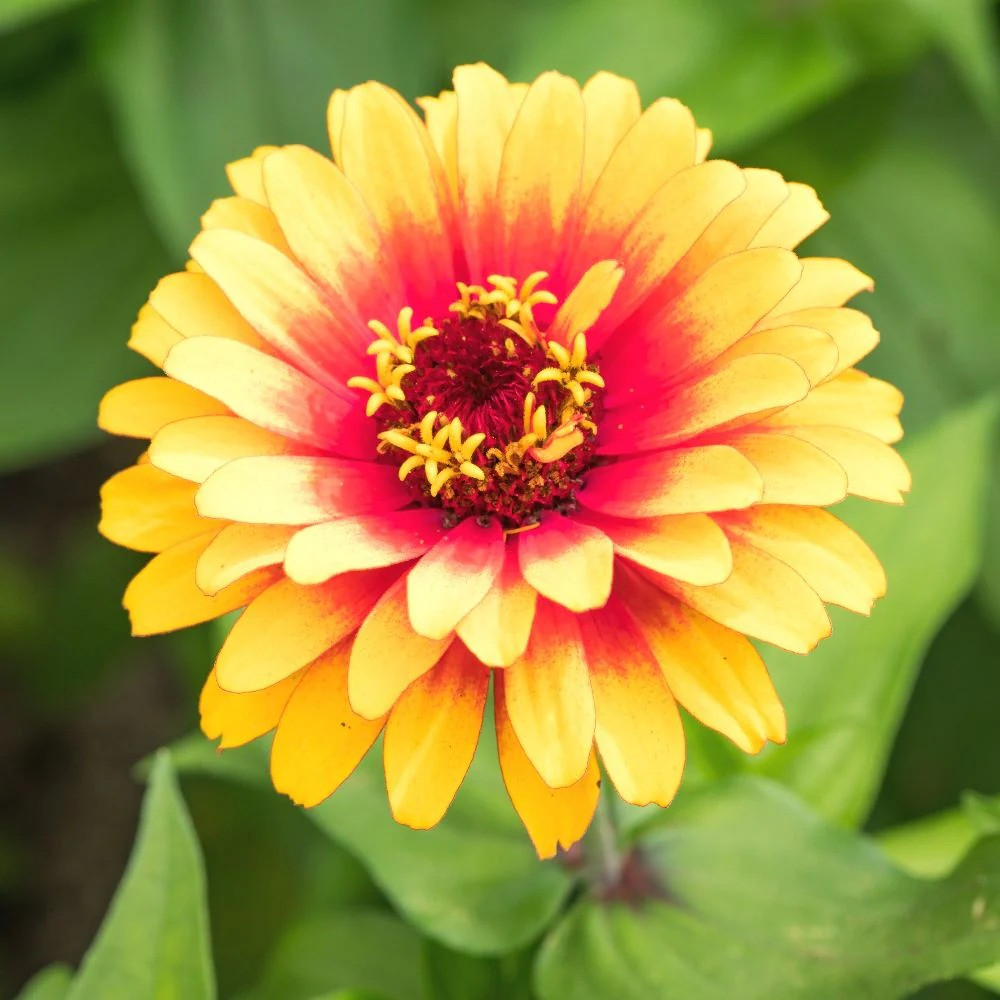
Liked 1 times
Hello
Show 1 answer
@Testi
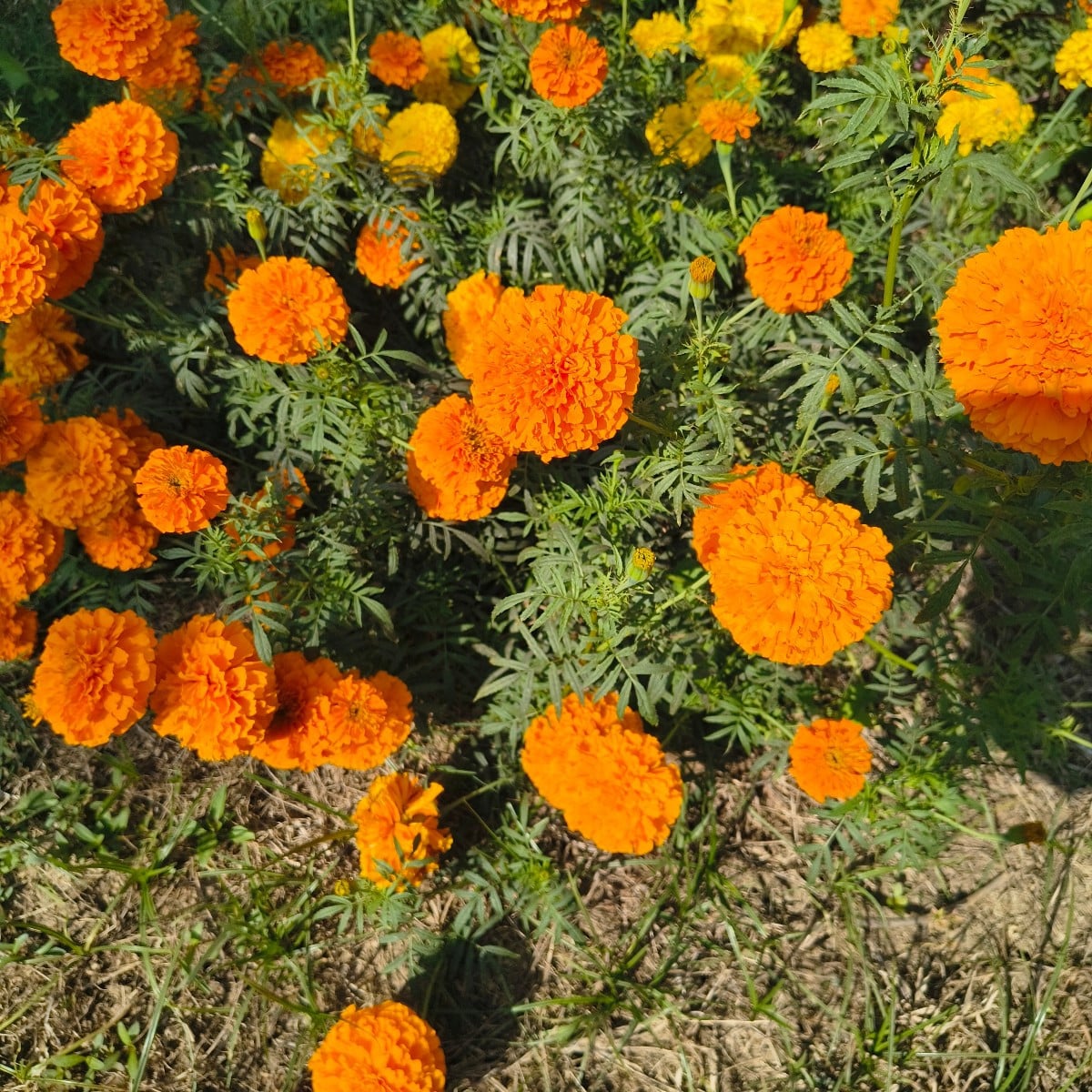
Liked 3 times
@🌱_Testing_💫_October,_2025 #paiduser #newpost #testfryd
Show 1 answerPopular Articles

Companion Plants for Carrots: What (Not) to Plant With Carrots

Companion Plants for Celery : What (Not) to Plant With Celery?

Strawberry Types: List of Best Strawberry Varieties

Companion Planting With Strawberries: Companion Plants and Planting Plan

Basil Varieties & Types at a Glance

What to Plant With Cabbage: Good and Bad Companion Plants

Fertilizing Strawberries: Home Remedies & Natural Fertilizers at a Glance

Growing Sweet Potatoes: Tips on Cultivation & Companion Plants

Companion Plants for Kitchen Herbs: Chives, Parsley & Co

What Herbs Can Be Planted Together?
FAQ
When is the best time to harvest lettuce?
Lettuce should be harvested in the afternoon or evening, as the nitrate content in the leaves is highest in the morning. It should also be harvested on a dry day to increase its shelf life.
How do you harvest lettuce properly?
Depending on the lettuce variety, either individual leaves are picked or whole heads are cut. In the case of plucking lettuce, the heart of the plant is left standing to allow further growth.
Can lettuce be harvested several times?
No, lettuce is usually harvested once, as you cut off the whole head. However, you can harvest lettuce several times if you leave the heart - the same applies to lamb's lettuce.
How can the harvest of lamb's lettuce be extended?
With lamb's lettuce, individual leaves or whole rosettes can be harvested. If you only cut the leaves and leave the root in the ground, the lettuce can grow back and be harvested again.